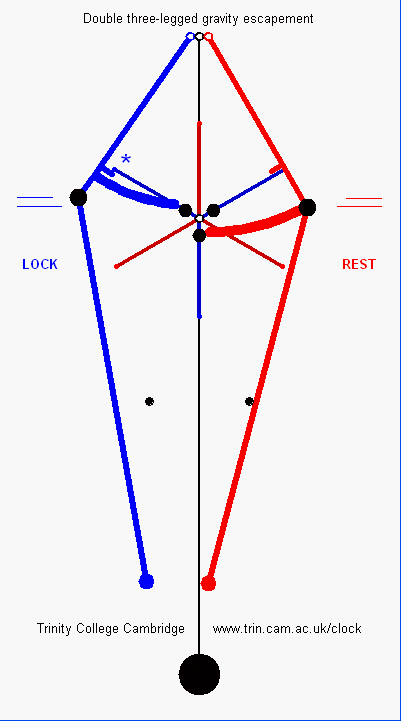
- 06 Mar 2011 [11:01]
- So what effect is the sunshine having? The top 10% of the pendulum does not have zinc compensation in it so if it were sun-on-the-pendulum effect then sun should mean a lengthening of the pendulum and so the clock slowing down. But completely the opposite happens - the clock suddenly speeds up. It is the reverse of what we have seen ober the winter caused by central heating in the room below. There must be something to do with the clock chamber (which is enclosed) now being warmer than the room below, causing a reversal of the temperature gradient over the length of the pendulum.
- 06 Mar 2011 [11:00]
- These kinks seem to be related to sunshine. Going was steadily downwards throughout a period of cloudy days, with occasional upward bursts wne the sun comes out. Now that other things seem to be under control (ok, now asking for trouble) the effect of sun is more obvious. There is a large window (south facing) that makes up some 30% of the surface area of the south side of the clock case, and in the afternoon the sun shines on the clock mechanism (including the top 10% of the pendulum rod --- see next comment). The window has secondary double glazing with UV film.
Download data





